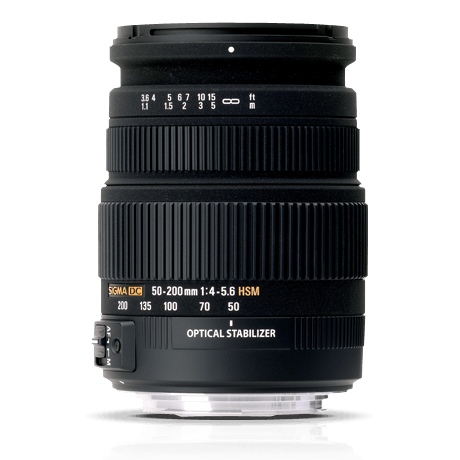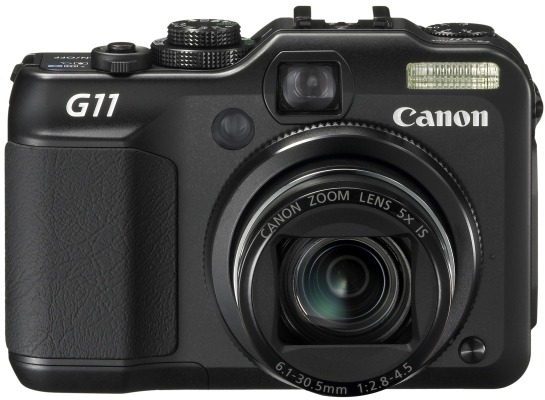TOPIC: CAMERA LENS
All that was needed was a trip to a local shop
5th March 2011In the end, I did take the plunge and acquired a Sigma 50-200 mm f4-5.6 DC OS HSM lens to fit my ever faithful Pentax K10D. After surveying a few online retailers, I plumped for Park Cameras, where the total cost, including delivery, came to something to around £125. This was around £50 less than what others were quoting for the same lens, with delivery costs yet to be added. Though the price was good from Park Cameras, I was wondering still about how they could manage to do that sort of deal when others don't. Interestingly, it appears that the original price of the lens was around £300, but that may have been at launch and prices do seem to tumble after that point in the life of many products of an electrical or electronic nature.
 Unlike the last lens that I bought from them around two years ago, delivery of this item was a prompt affair, with dispatch coming the day after my order and delivery on the morning after that. All in all, that's the kind of service that I like to get. On opening the box, I was surprised to find that the lens came with a hood but without a cap. However, that was dislodged slightly from my mind when I remembered that I neglected to order a UV or skylight filter to screw into the 55 mm in front of it. In the event, it was the lack of a lens cap needed sorting more than the lack of a filter.
Unlike the last lens that I bought from them around two years ago, delivery of this item was a prompt affair, with dispatch coming the day after my order and delivery on the morning after that. All in all, that's the kind of service that I like to get. On opening the box, I was surprised to find that the lens came with a hood but without a cap. However, that was dislodged slightly from my mind when I remembered that I neglected to order a UV or skylight filter to screw into the 55 mm in front of it. In the event, it was the lack of a lens cap needed sorting more than the lack of a filter.
The result was that I popped into the local branch of Wildings where I found the requisite lens cap for £3.99 and asked about a filter while I was at it. Much to my satisfaction, there was a UV filter that matched my needs in stock though it was that cheap at £18.99 and was made by a company of which I hadn't heard before, Massa. This was another example of good service when the shop attendant juggled two customers, a gentleman looking at buying a DSLR and I. While I would not have wanted to disturb another sales interaction, I suppose that my wanting to complete a relatively quick purchase was what got me the attention while the other customer was left to look over a camera, something that I am sure he would have wanted to do anyway. After all, who wouldn't?
With the extras acquired, I attached them to the front of the lens and carried out a short test (with the cap removed, of course). When it was pointed at an easy subject, the autofocus worked quickly and quietly. A misty hillside had the lens hunting so much that turning to manual focussing was needed a few times to work around something understandable. Like the 18-125 mm Sigma lens that I already had, the manual focussing ring is generously proportioned with a hyperfocal scale on it, though some might think the action a little loose. In my experience, though, it seems no worse than the 18-125 mm, so I can live with it.
Both lenses share something else in common in the form of the zoom lens having a stiffer action than the focus ring. However, the zoom lock of the 18-125 mm is replaced by an OS (Optical Stabilisation) one on the 50-200 mm and the latter has no macro facility either, another feature of the shorter lens though it remains one that I cannot ever remember using. In summary, first impressions are good, but I plan to continue appraising it. Maybe an outing somewhere tomorrow might offer a good opportunity for using it a little more to get more of a feeling for its performance.
Canon PowerShot G11 first impressions and initial thoughts
16th January 2010Back in the early days of this blog, I mulled over the idea of having a high-end digital compact camera to complement a DSLR that then was delivering very dusty images; that Canon EOS 10D was cleaned since then and comes in for occasional use to this day. That was nearly three years ago, and a first generation Ricoh GR Digital was the item that then was catching my eye. At the time, I failed to justify spending that much money on such a thing and ended up acquiring a new Pentax K10D DSLR instead. The question that rattled about my head was this: what was the point of spending DSLR money on a compact camera? It is one that never really went away and comes to mind when you see the prices of interchangeable lens compacts like Olympus' Pen and equivalent offerings from Panasonic and Ricoh (there, it's interchangeable lens units rather than actual lenses).
The strongest counterpoint to the cost conundrum is the little matter of size. SLR (film or digital) cameras are sizeable things, and there is a place for having something that drops into a pocket. It is that which has propelled me into taking delivery of a Canon PowerShot G11. It may need a good-sized pocket but, unless you are going out with no jacket, it shouldn't be a problem most of the time. For those shorter sorties when I don't fancy bringing an SLR out, it is well-built and looks the business, though some acclimatisation is to make the best of the knobs, buttons and menus. Nevertheless, the included manual will help with this process (there's a paper quick start guide and more detailed documentation on CD).

The camera hasn't seen extensive use just yet, so here are a few early impressions. Firstly, there's the matter of size: it's even smaller than the first camera that I ever bought (more than fifteen years ago) and that was a Ricoh 35 mm compact film camera. That comparison is even more striking when you consider the feature sets. The Ricoh was a fixed 35 mm lens affair with things like date and time stamping, ISO choice and a nod towards scenic mode selection. In contrast, the much newer Canon is loaded with the sorts of things that normally are found almost exclusively on SLR's, starting with its effective 28-140 mm focal length range.
Exposure modes such as manual, aperture priority and shutter priority complement scene-based modes and another for movies (not a concern of mine, it has to be said). As if that weren't enough, there's exposure compensation too. It came as a surprise to me to find a form of manual focussing included, though it is not as convenient as turning a focussing ring on a lens. While you can see the inbuilt flash above, there's also a hot shoe and a place to attach a tripod too. Settings like white balance and file format are accessed using the Function/Set button, with the lever underneath the shutter release button controlling the focal length of the lens. In addition, there's also image stabilisation, and that's important when you're using live view to compose a photo. Spot metering and focal point selection are other things that find their way into the package. Some may be excited by other things, but exposure and focussing are essential for any photographic efforts.
An optical viewfinder is included, and it has diopter settings too, but my first impressions are that live view through the rear screen trumps it and I see no need for such things on SLR's. That also flips out from the camera body and can be rotated either for self-portraiture or for folding back in on the camera body for use like a non-articulated screen. Another use is with those occasions when the subject means holding the camera in positions that would be impossible with a conventional screen; holding the camera over your head or down low on the ground are the sorts of situations that come to mind.
Of course, there's more there than those features that I have listed, and the specifications on the Canon website are as good a place to start as any. So far, my only testing has taken the form of cursory checks and to make sure that the thing works properly. Still, this has given me more of a feel for the camera and how it operates. As you'd expect, high ISO settings are noisy, only for a bigger surprise to be that the smallest aperture setting is f/8. Being used to SLR's, I was expecting to get the likes of f/16 on there, but a spot of internet investigation indicated that I should have been taking the size of the sensor into account with my expectations. Any trials so far have been in dull weather, so I'd need to use it in a wider variety of conditions before giving it the sort of wider appraisal that you'd find in the likes of Outdoor Photography (who liked it, it has to be said). For what it's worth, I have found no major criticism so far, though I cannot see it usurping my SLR's not as if that ever was the intention anyway.